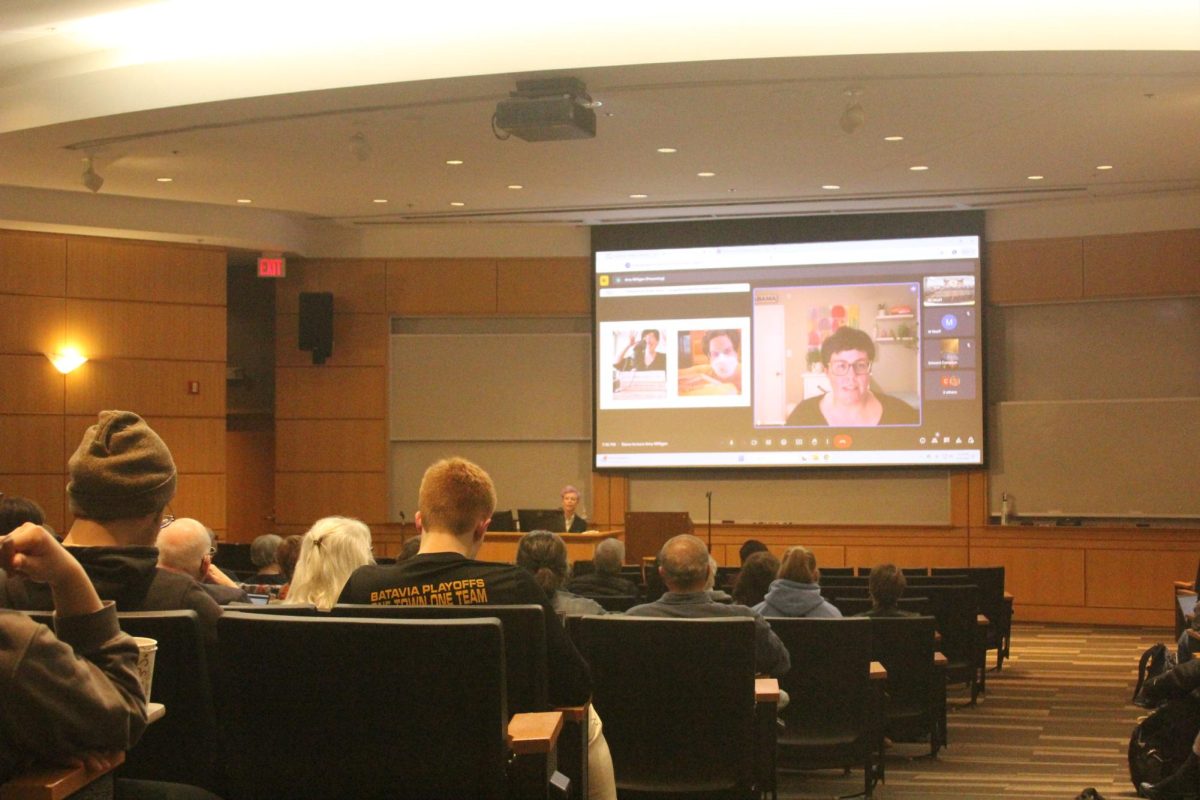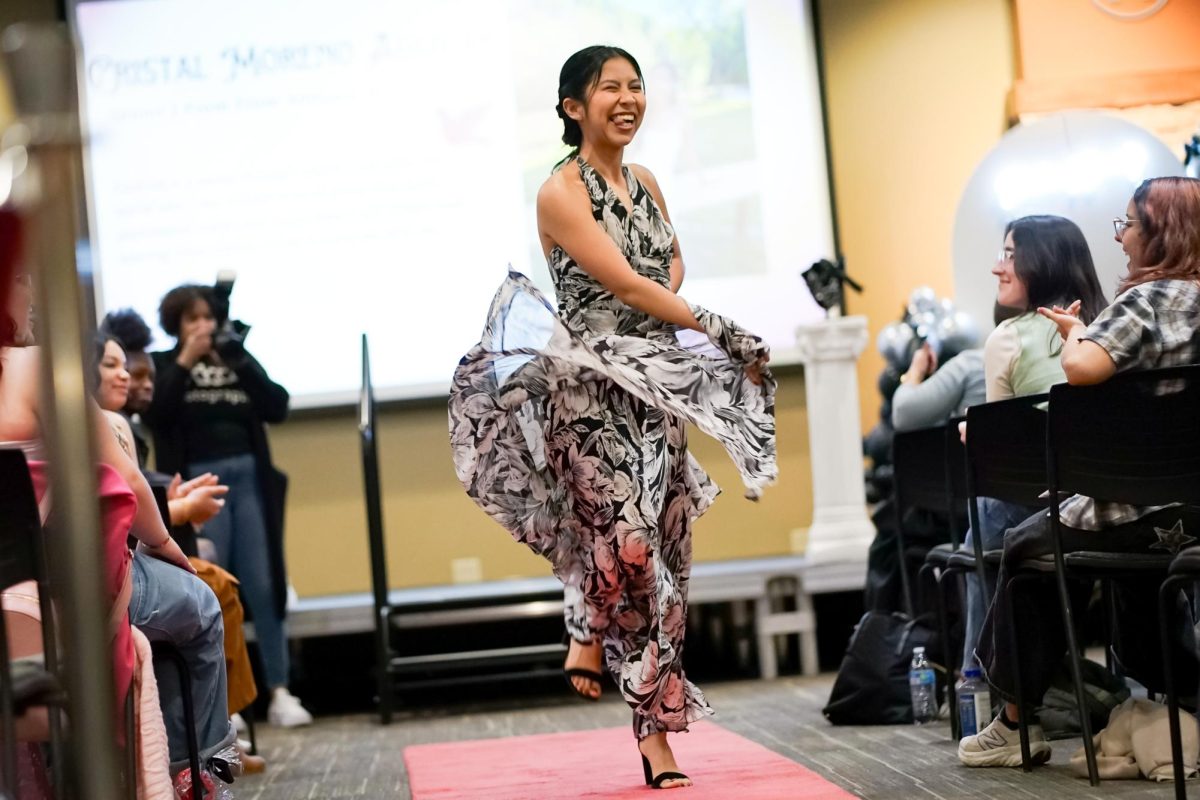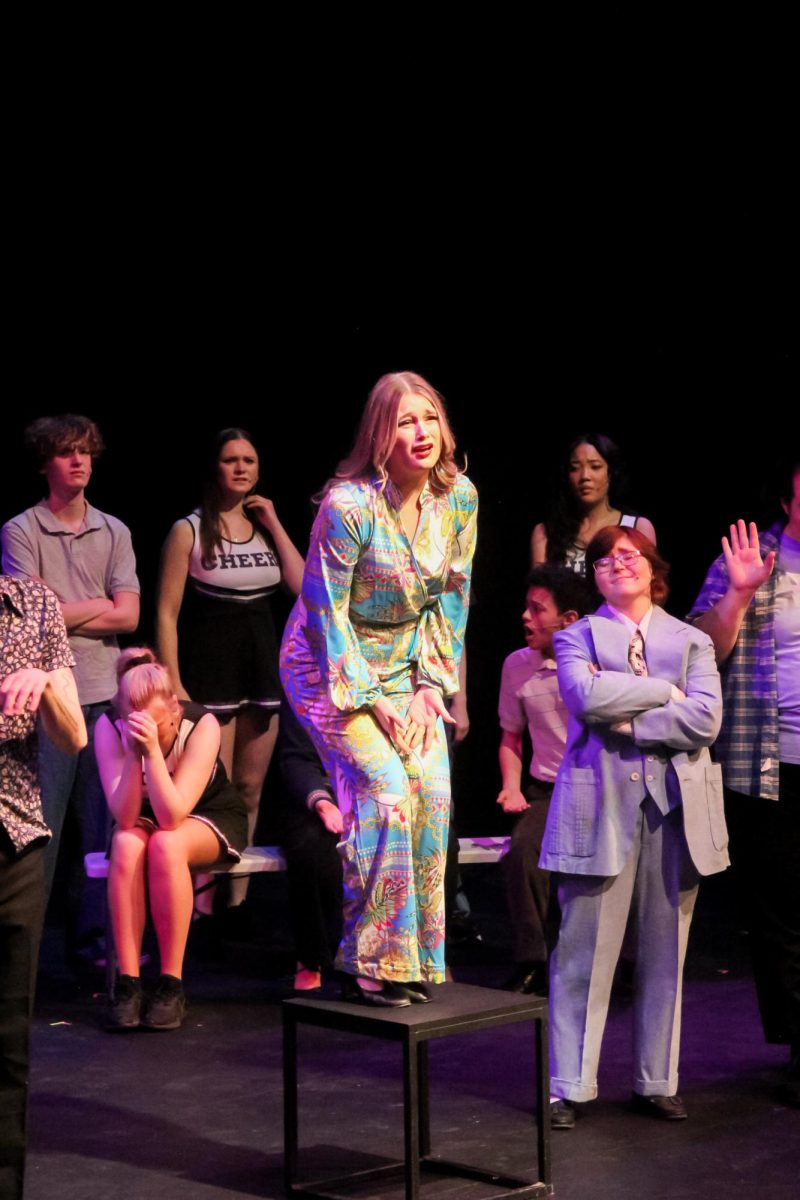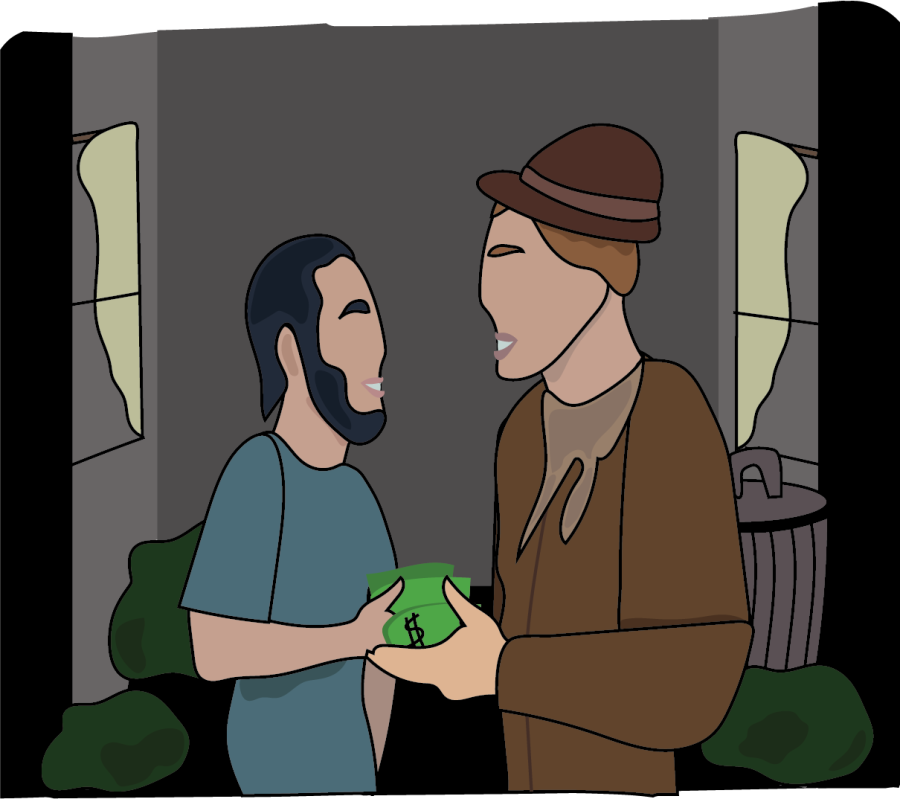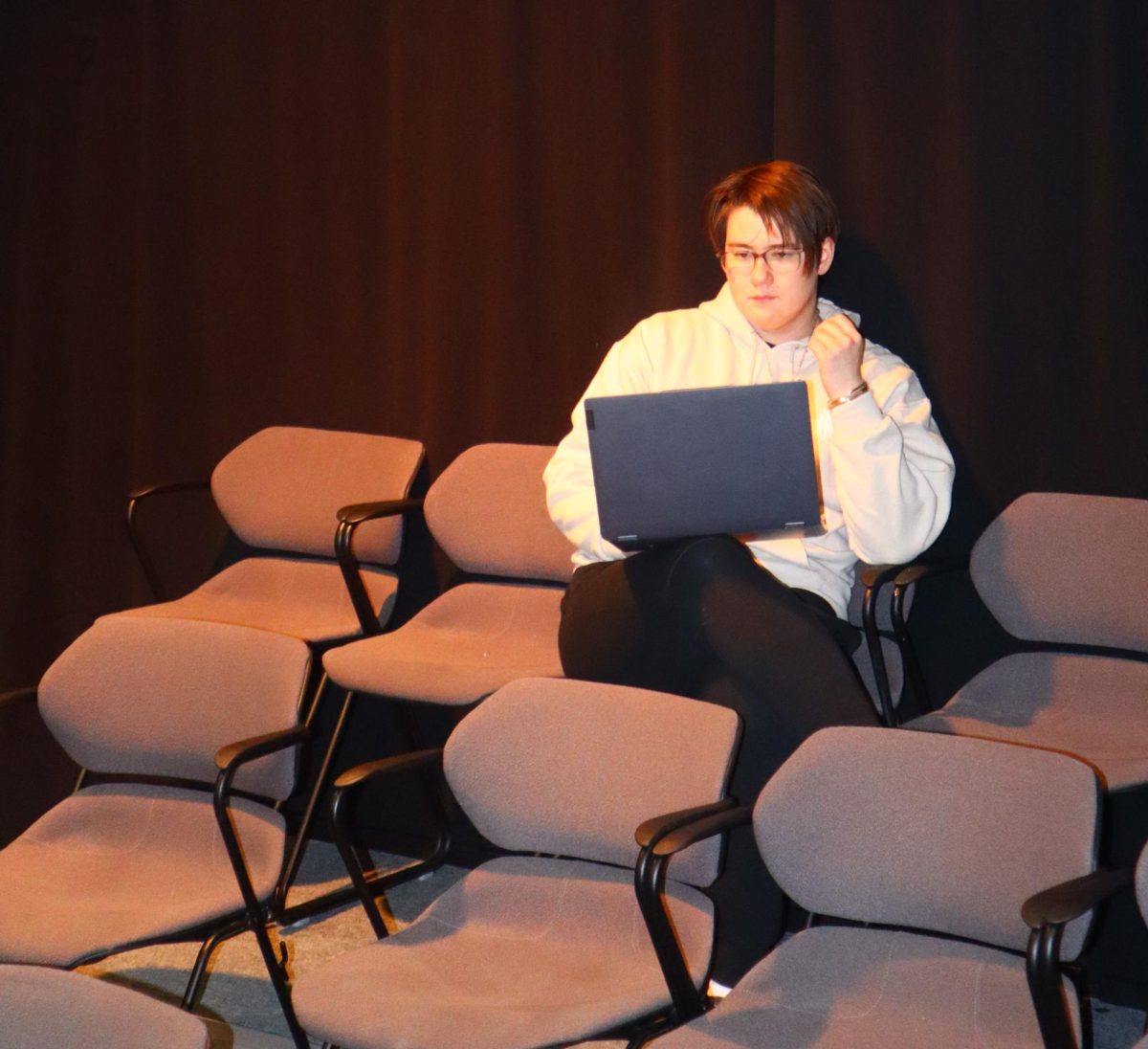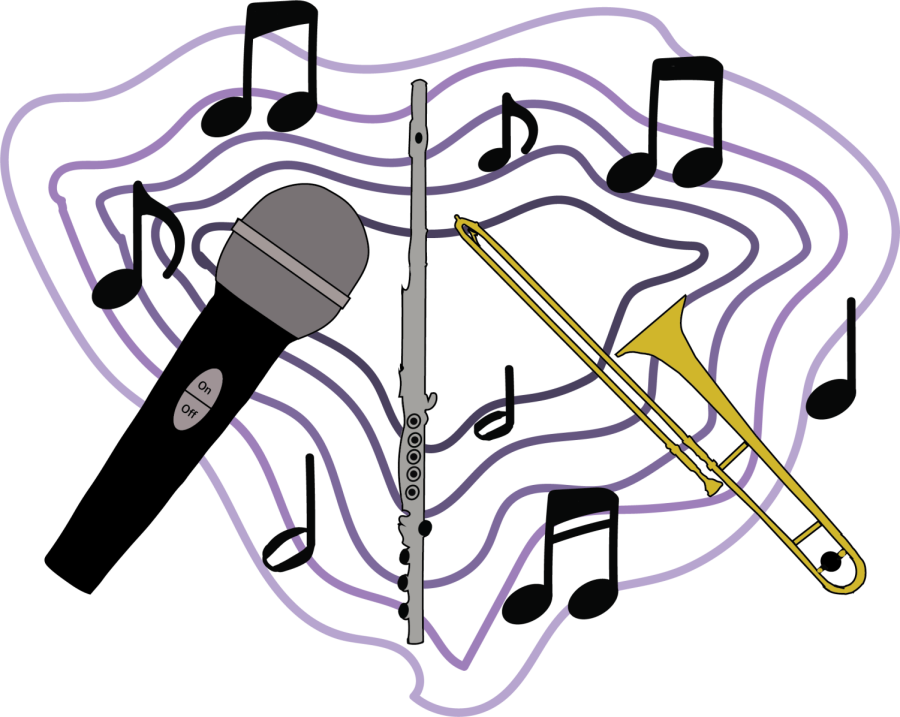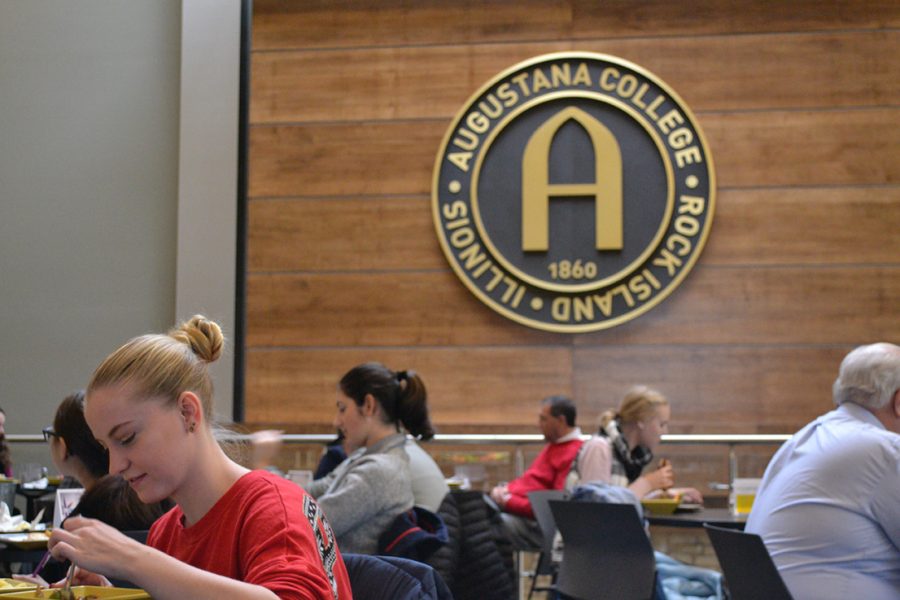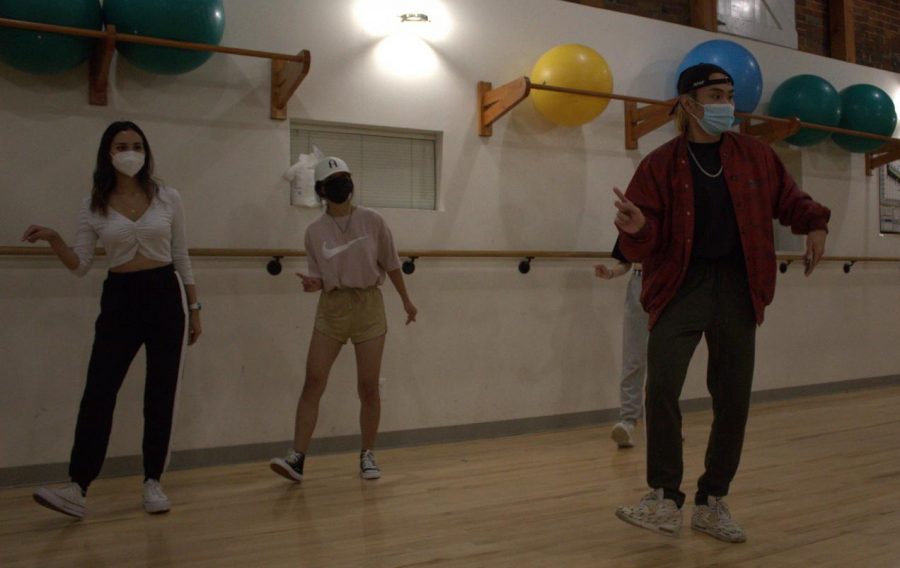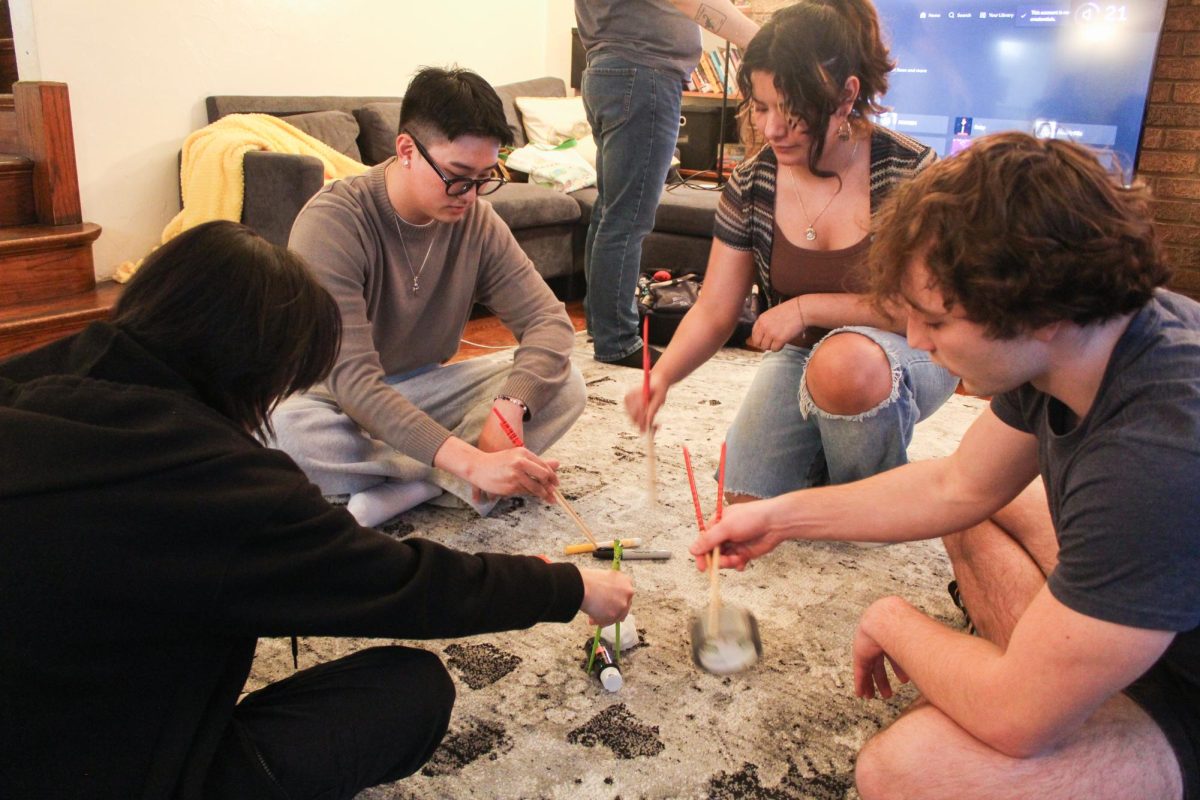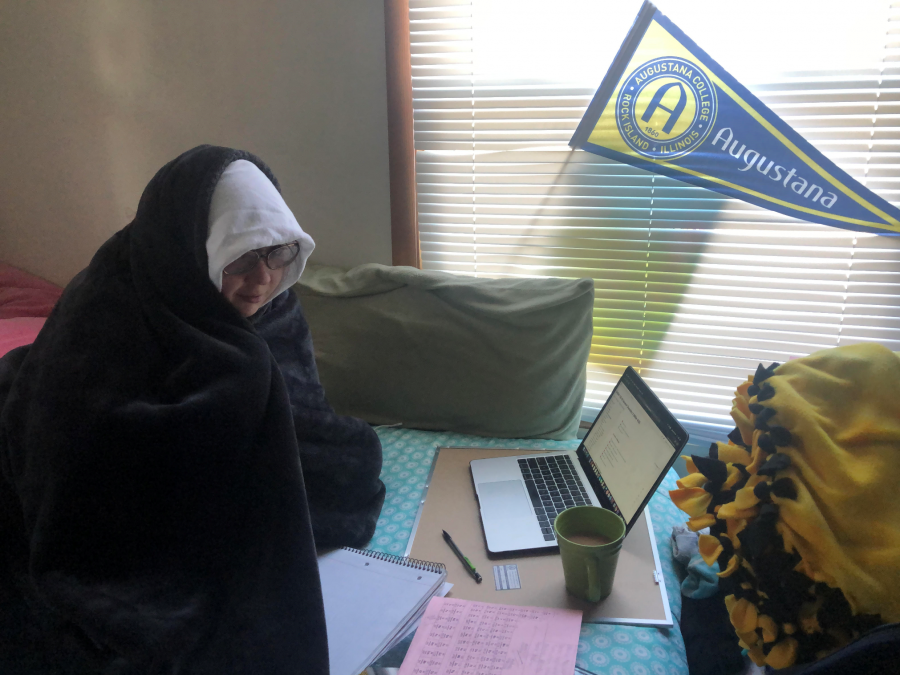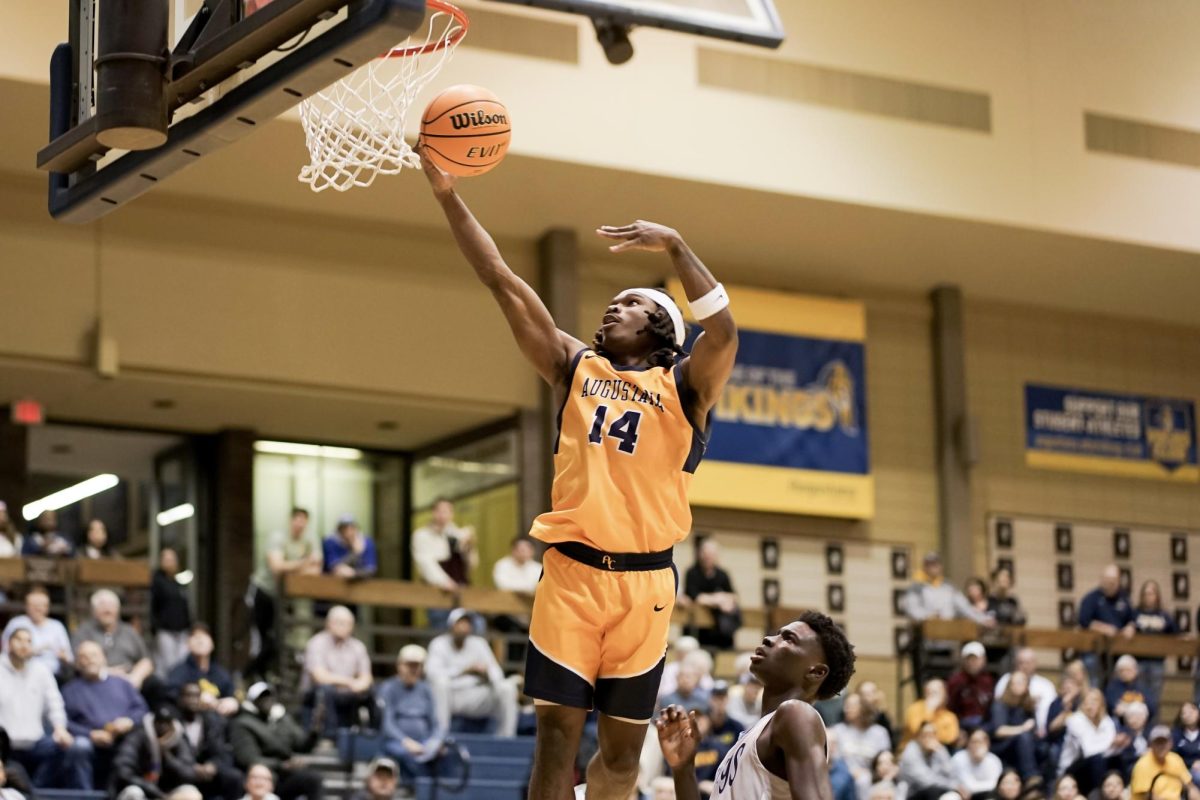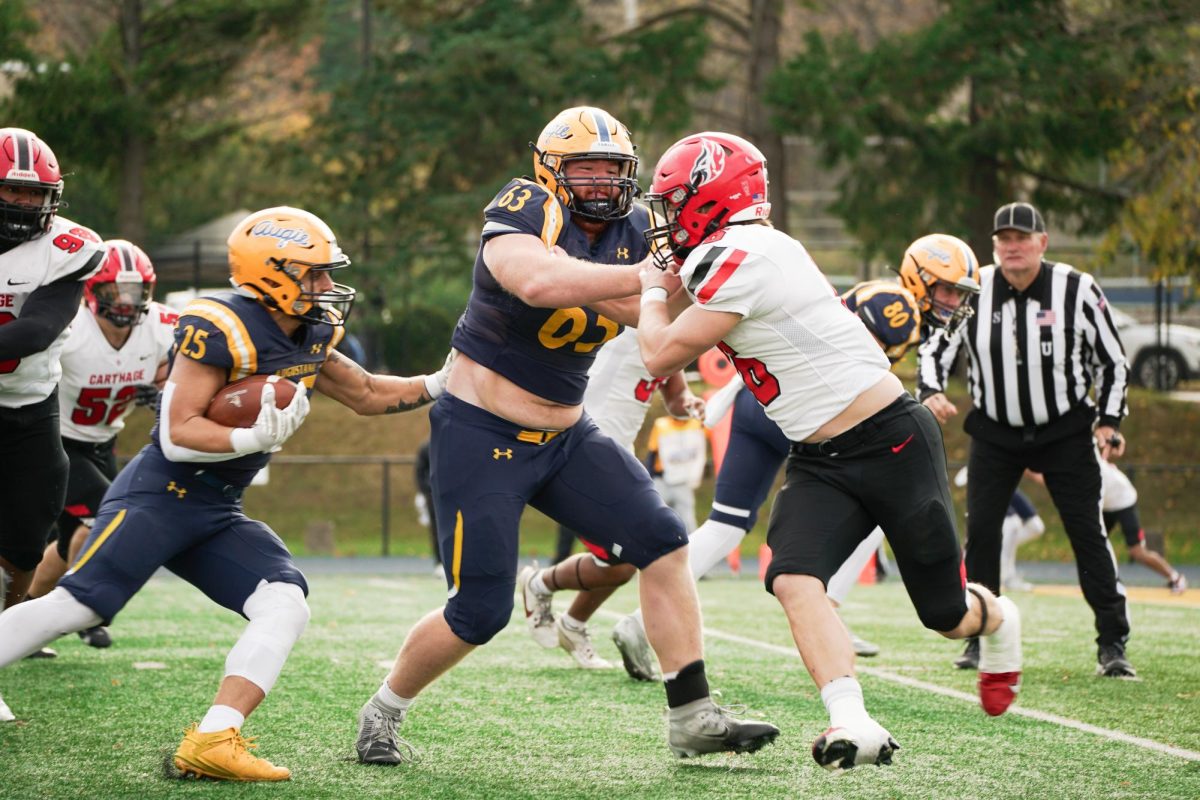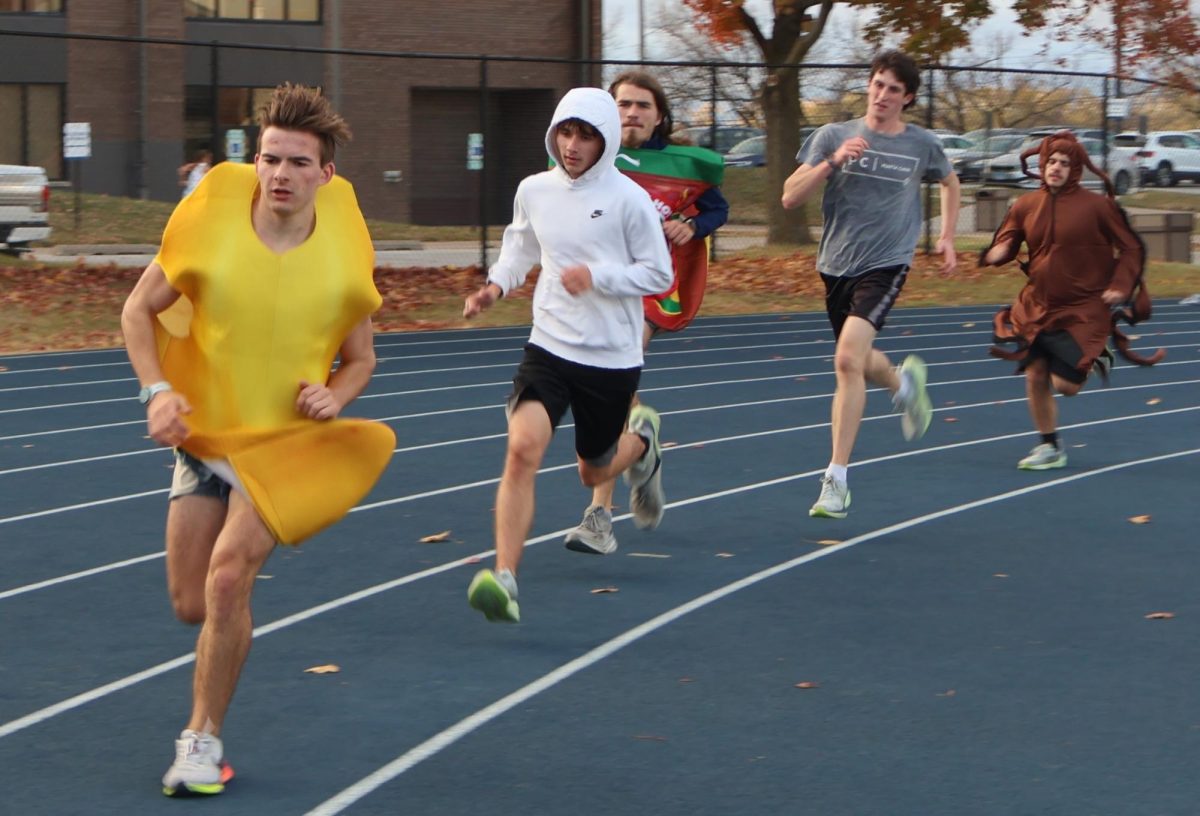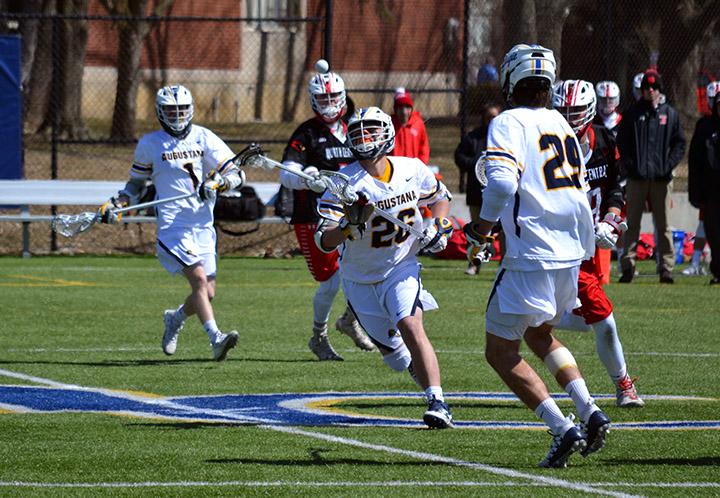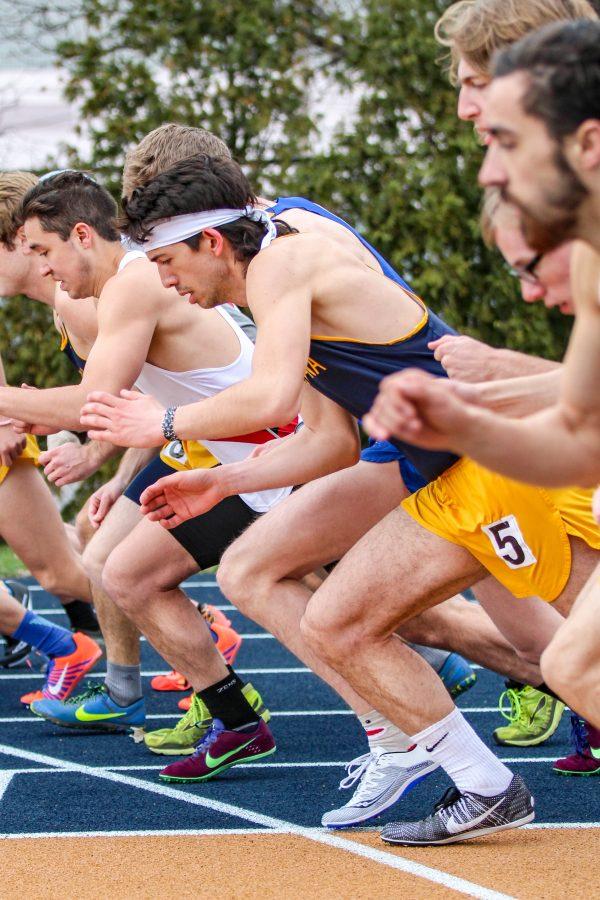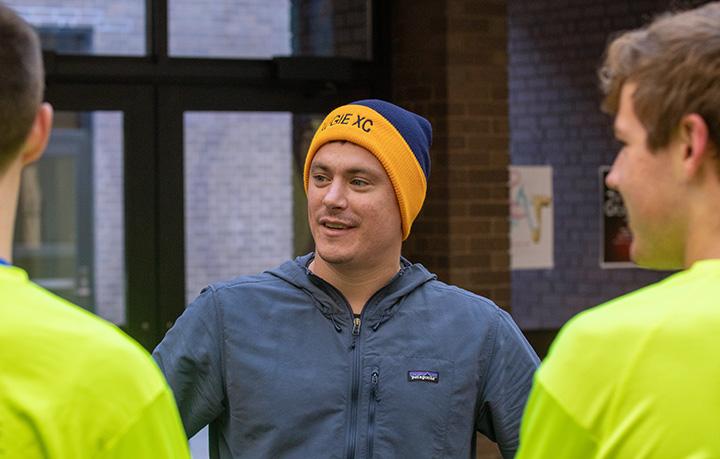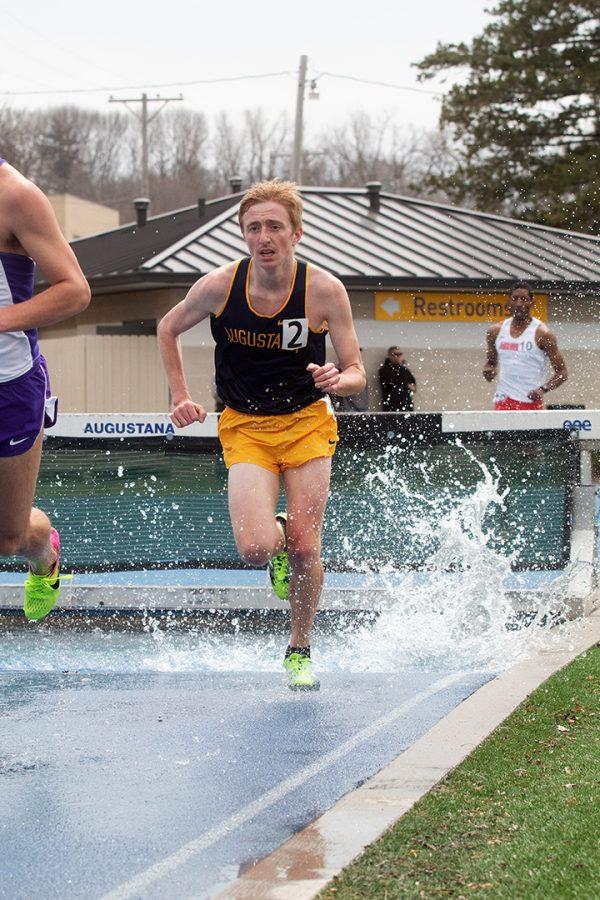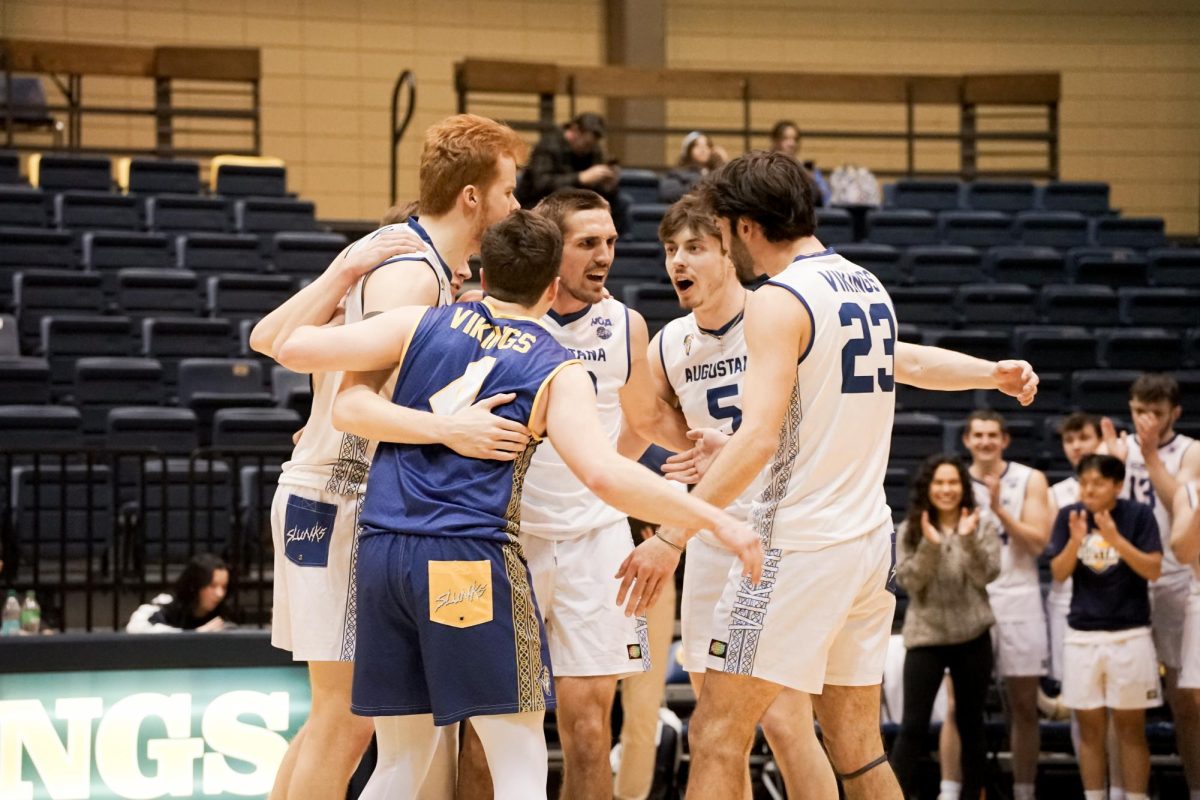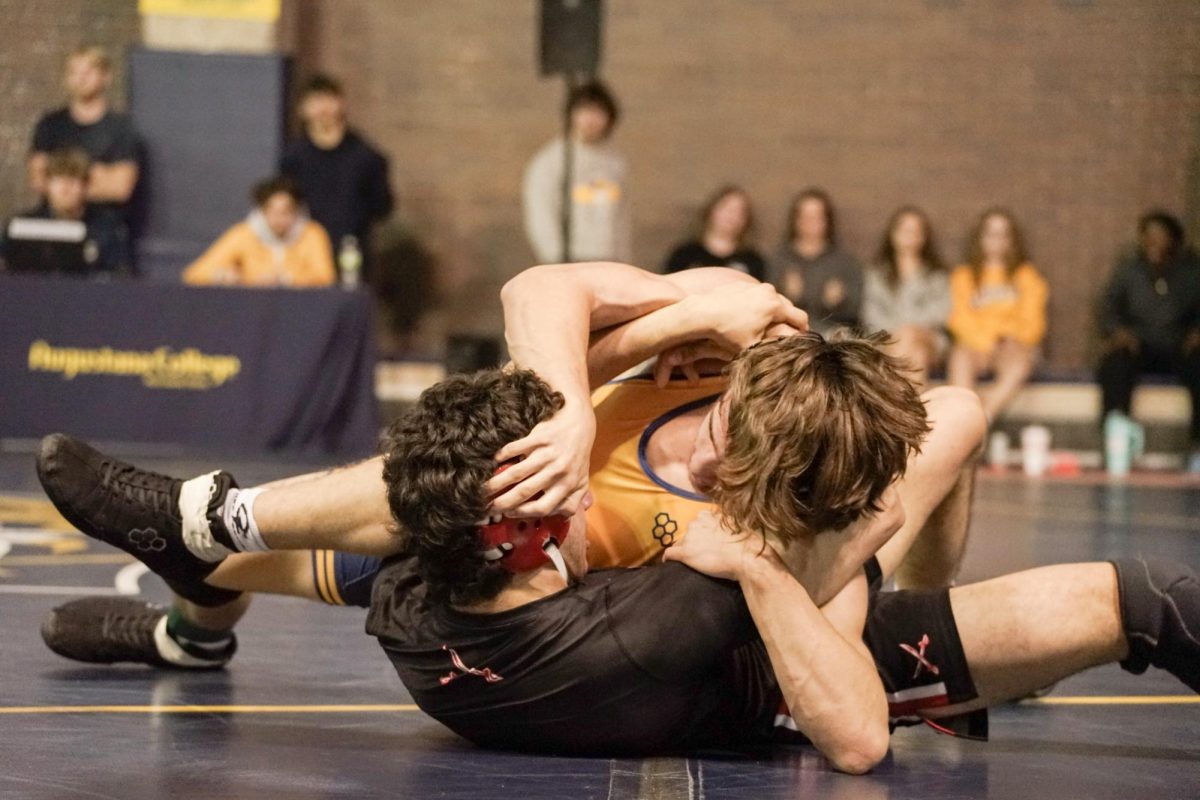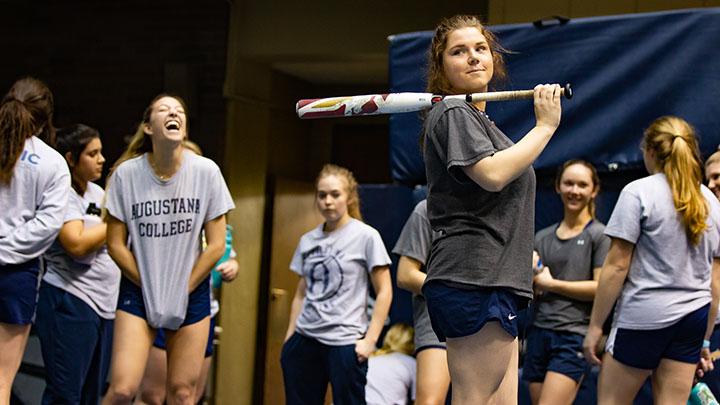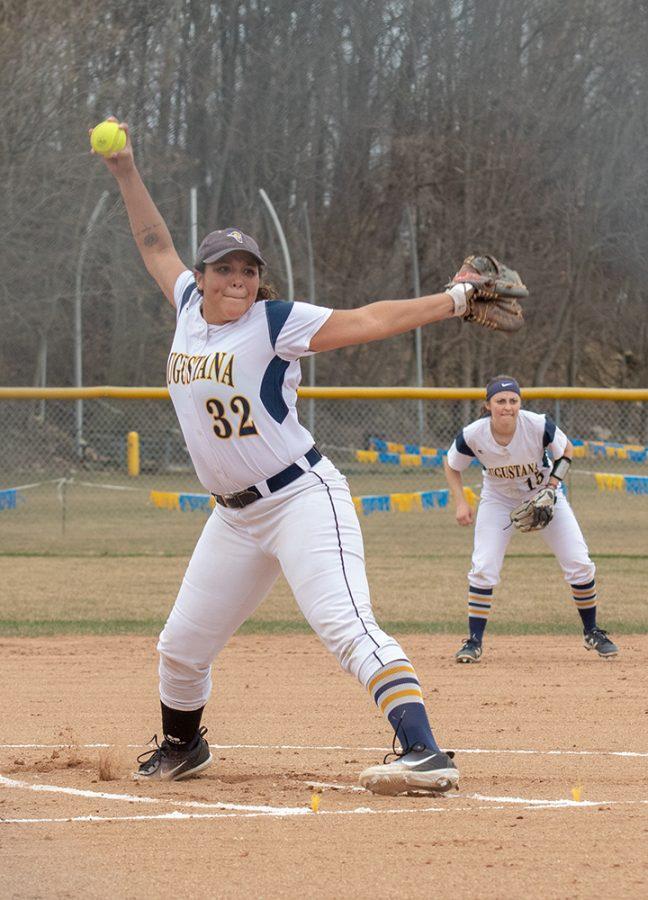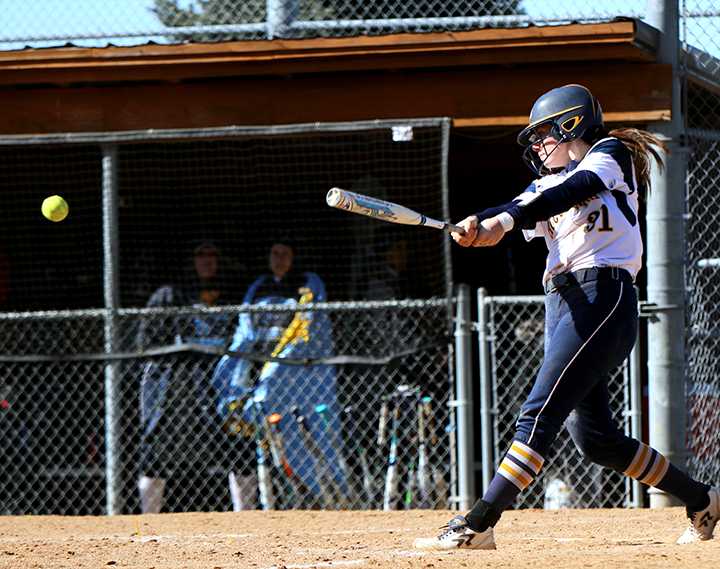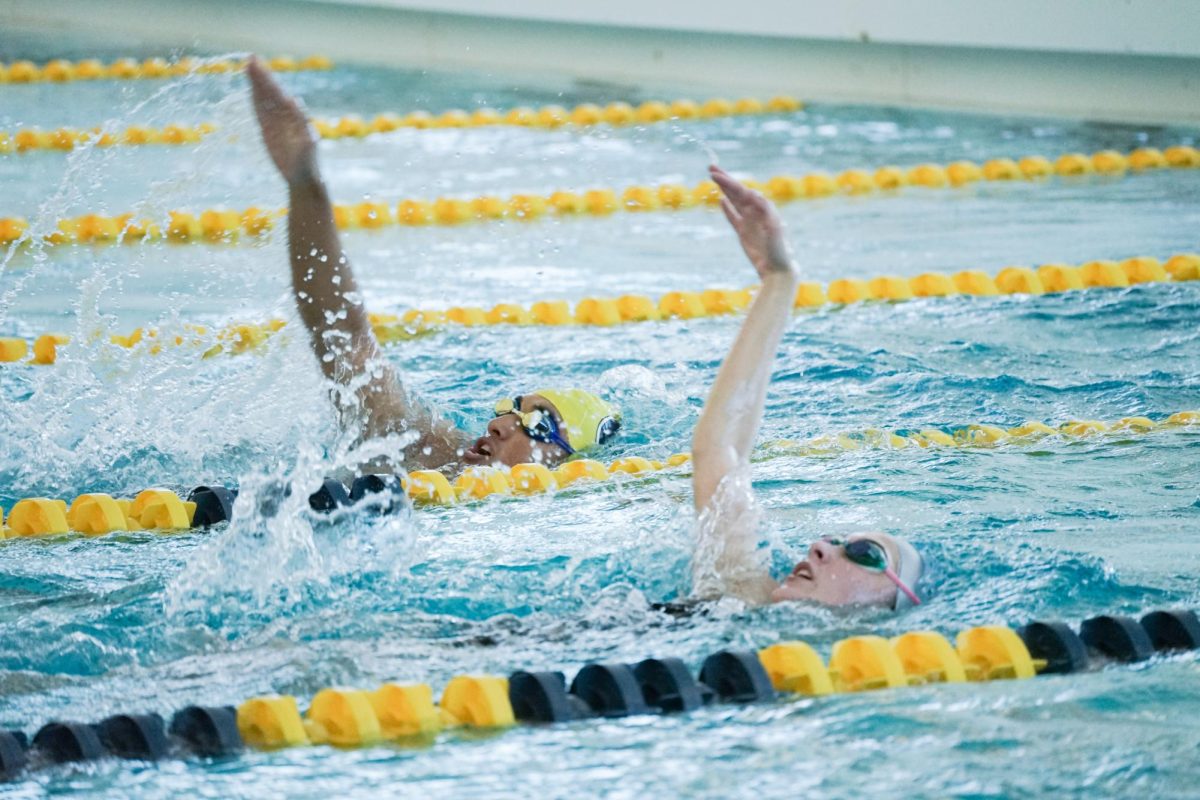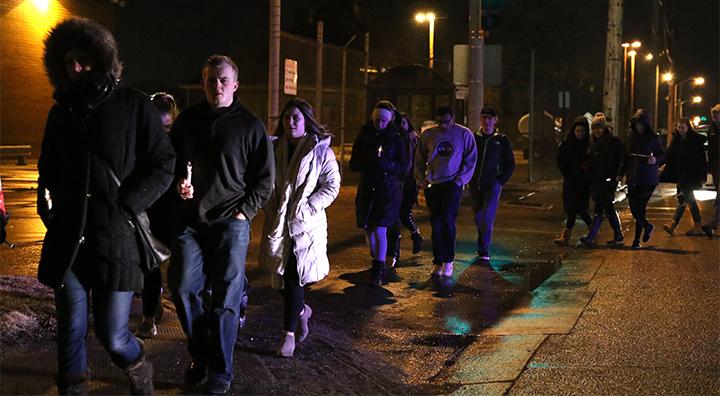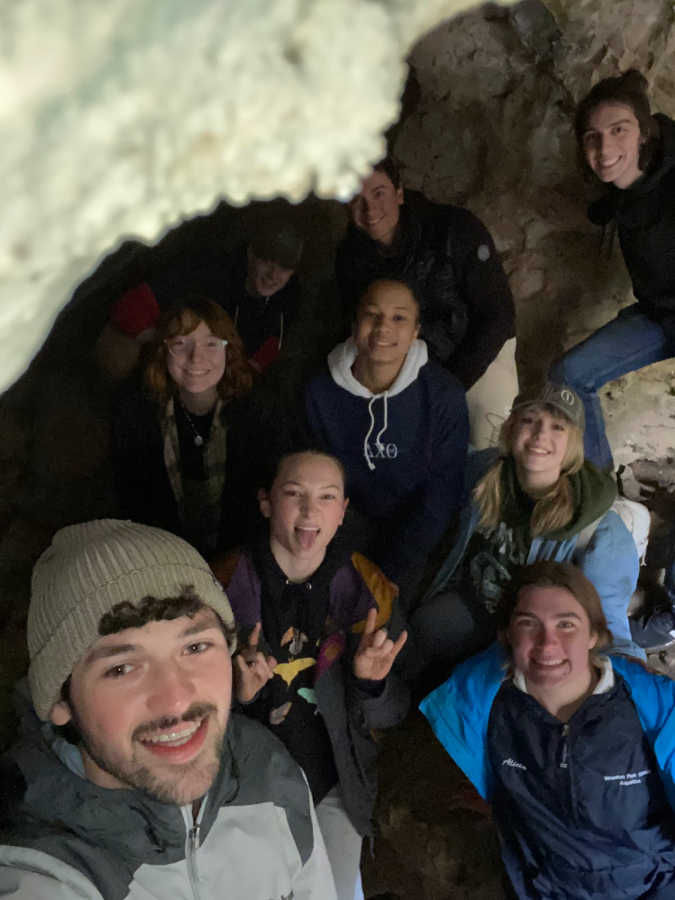Several changes have been made to Augustana’s surveillance testing for the spring semester. These changes include switching from a spit test to a nasal swab, the amount of willing volunteers and the company that provides the testing.
Dave Wrath, the sports information director, said that the switch from a spit test to a nasal swab was purely due to the tests that the college had available.
“I tell people when we started this thing, we were inventing the airplane when it was in the air, we were still building it and we hadn’t quite gotten to the landing gear yet,” Wrath said. “We grabbed the test that we could take back in August and it happened to be the saliva test, which took us 48 hours to get results back.”
However, Genesis Medical Center (Genesis), the company that provided Augustana with the spit test, discontinued it in favor of the nasal swab.
Junior Megan Anderson explains the process of nasal swab testing was different from how the spit test was done. According to Anderson, the volunteers were given a tube with a swab in it when they arrived. A nurse aided them with getting the tube out of the wrappings and gave instructions. After the nurse walked away, the volunteer had to insert the swab in both nostrils.
“They made the process really easy, it’s just more uncomfortable because you have to put it kind of high up in your nose, and then you have to swirl it around, which is disgusting,” Anderson said.
Sophomore Isabel Galvez agrees that the nasal swab test is more uncomfortable. However, she believes that it will be an effective way to test students faster.
“I think people have this image of the nasal swab hurting and being painful but it’s really not,” Galvez said. “Last semester was more comfortable because you don’t really have to stick anything up your nose. But I think switching to a nose test is much better because I feel like it’s more efficient and much faster.”
Another change the students have noticed with surveillance testing was the number of volunteers willing to be tested.
“I remember, in October, or September when it first started, there were probably five people in front of me in line every 10 minutes to get tested,” Anderson said. “And now I can walk in and see one or two other people throughout the process.
Galvez also notes that the timeframe is shorter to get tested, possibly due to the lower number of volunteers and the efficiency of the testing.
“So right at the moment this semester, the testing period is 11pm to 1pm, whereas last semester, it was 10am to 4pm,” Galvez said.
Wrath said that although the number of volunteers is down, Augustana is still testing a significant portion of the student body: athletes.
“We’re testing 350 athletes a week, and that’s a pretty good percentage of students now. And then we’re probably testing about 75 students that aren’t athletes, so that’s over 400 students a week,” Wrath said.
Wrath said that the lower number of volunteers is for three reasons.
“The vaccine is becoming more prevalent, and I also think people have caught the virus themselves. Then they’re in a 90-day window when they really shouldn’t get tested because they’ll be positive, even 90 days after. And then I do believe there’s something that I’ve called COVID fatigue, where I think people are just tired of it,” Wrath said.
The last change in regards to surveillance testing this semester is the provider of the results.
Wrath said that he is in contact with Genesis, and Genesis is in contact with the provider. The provider was not available to comment on changes made this semester.
Anderson said that one change she noticed when going to get a test through this new provider is the testing procedure.
“We got an email saying that our results will be given to us through a third-party system. I think now we have to create an account through the lab that is doing the testing, and we will have to enter a separate portal to see if our results were positive or negative,” Anderson said.
Galvez said that this new process will be helpful to students and the Augustana community moving forward.
“I feel like it also makes people more aware that this is a serious situation, and also prevents it from spreading fast. The moment [the provider] sees someone has it, they’ll contact them, notify them about what procedures they should do and about quarantine,” Galvez said.
This pandemic has been a trying experience for everyone, but Wrath acknowledges that the students have worked very hard to stay in-person at Augustana.
“I think our students deserve an awful lot of credit because they took a lot of things to heart. I think our students gave us a chance to be successful,” Wrath said.
Although there have been several changes to testing procedures this semester, it is important to remember to continue practicing safety precautions.
“I think that students should remember that we are really lucky here, and we are fortunate that we’re able to go to in-person class, hang out with our friends, eat in the dining hall and do activities and sports and clubs, but COVID-19 still is a real threat,” Anderson said. “I think that people just need to remember that it’s still a real threat to the outside world, past the Augie bubble.”
Photo Above: Augie students, Sara Niemiec, Natalie Freitag, and Diego Andon (left to right) taking COVID-19 tests at Pepsico Recreation Center, on Tuesday, March 10, 2021. Photo by Aakash Manandhar.
Categories:
Augustana adjusts surveillance testing procedures
March 19, 2021
0
More to Discover

